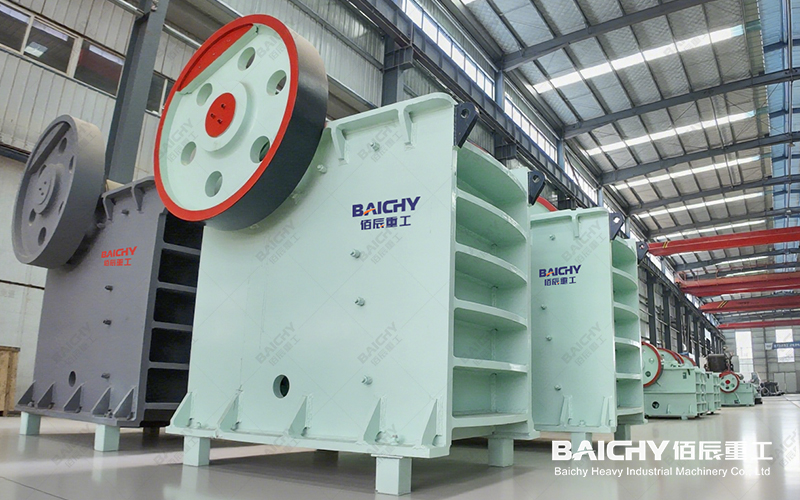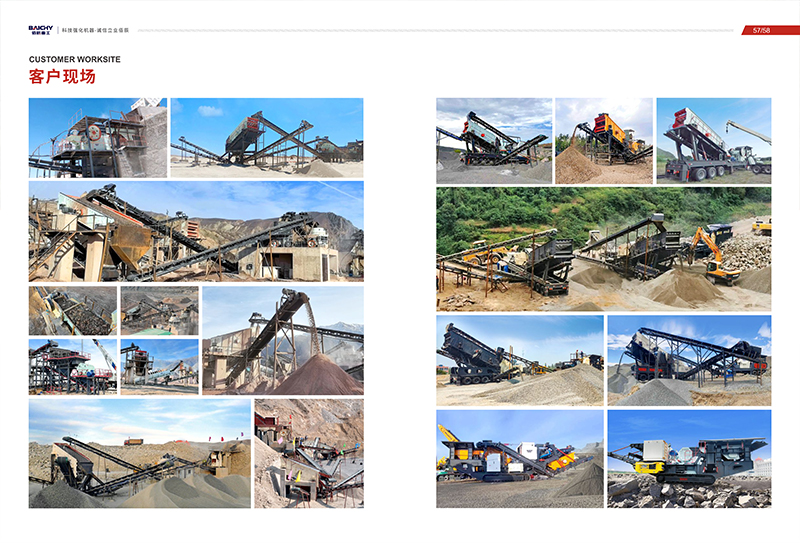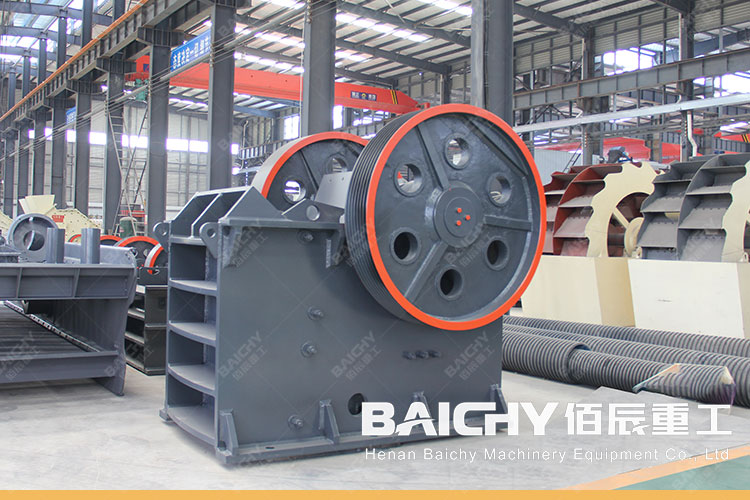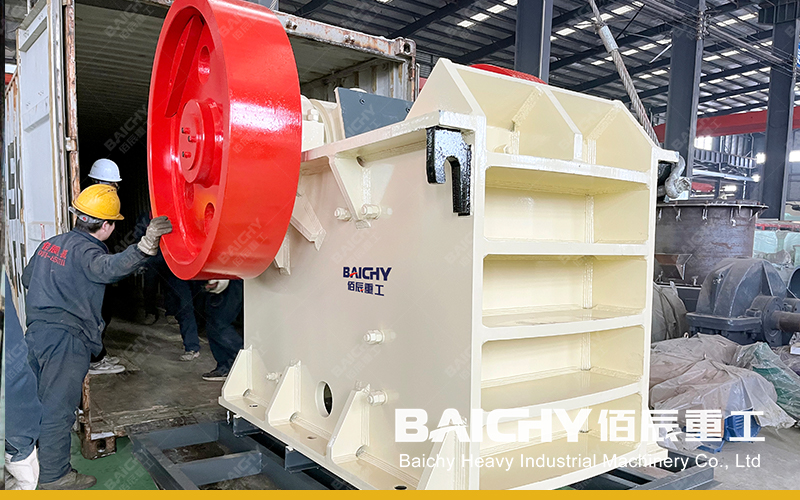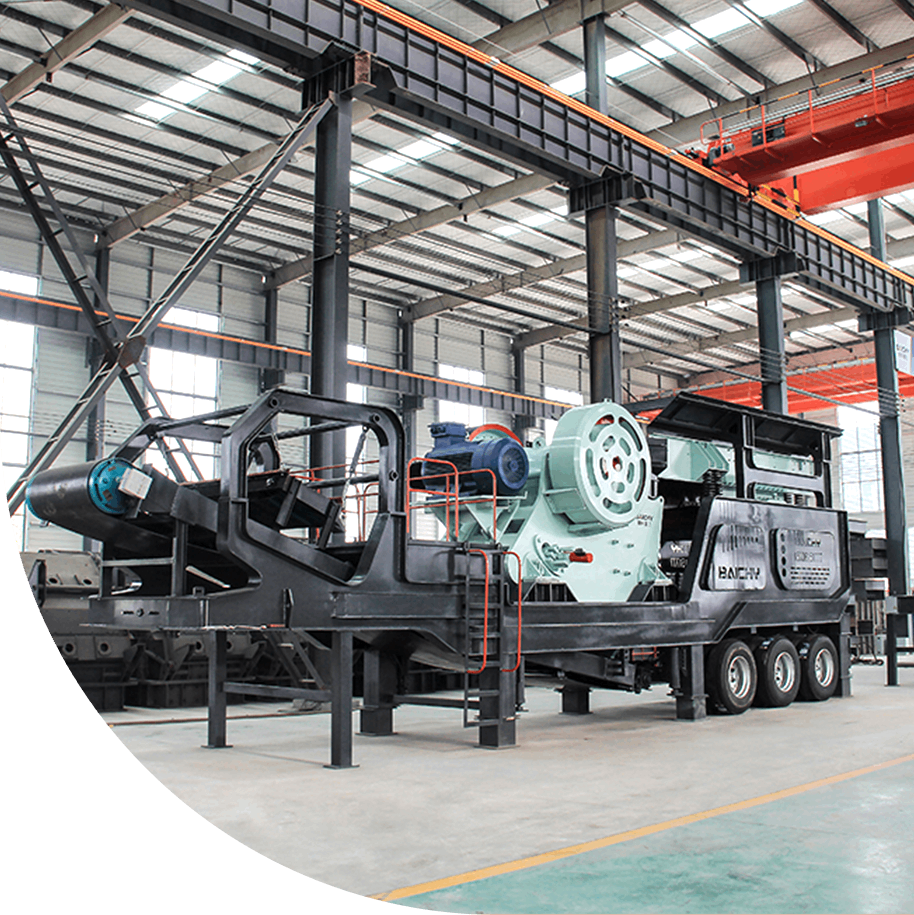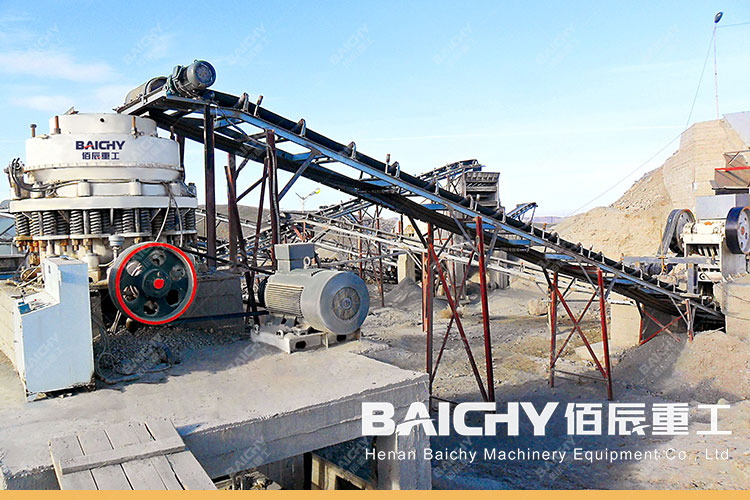
When building or upgrading a stone crushing line, the Symons cone crusher, with its reliable performance, stable output, and excellent particle size, has always been an ideal choice for medium and fine crushing. However, with so many models and specifications available, many investors face the same dilemma: how do I choose the right Symons cone crusher for my line? An inappropriate choice can lead to capacity bottlenecks, suboptimal product size, or skyrocketing operating costs. This article will provide a systematic selection framework to help you make an informed decision.
Step 1: Deeply Understand Your Crushing Material Characteristics
Material characteristics are the primary basis for crushing material selection, directly determining the appropriate chamber type and machine strength.
• Hardness and Abrasiveness: Symons cone crushers are ideal for medium-hard and higher materials (such as granite and basalt). The harder and more abrasive the material, the higher the requirements for wear-resistant parts (such as the mortar and crushing chamber) of the equipment. You need to accurately determine the material's compressive strength and SiO2 content.
• Feed Size and Required Discharge Size: Knowing the feed and discharge dimensions is crucial for selecting a crushing chamber. If you require a finer product, choose a fine crushing cavity; if you require a medium-sized product, a standard cavity is more suitable.
• Moisture and viscosity: Excessively wet or sticky materials may cause the crushing cavity to clog. Although Simmons cone crushers have strong anti-stick properties, it's important to inform the supplier in advance so they can recommend an appropriate solution or make a special design.
Selection Tip: Be sure to provide the equipment supplier with detailed material samples and a physical and chemical analysis report.
Step 2: Accurately Calculate the Production Line's Capacity Requirements
Capacity is a key parameter in selecting a machine model. Choosing a model that is too small can create a production line bottleneck; choosing a model that is too large can cause the equipment to idle, increasing unnecessary investment and energy consumption.
• Determine target output: Clearly define your production line's desired total output per hour or day. For example, is your goal 200 tons per hour or 500 tons per hour?
• Consider operating hours: Will you operate continuously in two or three shifts per day? Higher operating rates require equipment with greater reliability and durability.
• Coordinate upstream and downstream equipment: Cone crushers are typically located after jaw crushers. Ensure that the capacity matches the upstream feed capacity and downstream screening system to avoid situations where a "big horse pulling a small cart" or "a small horse pulling a large cart" is too much.
Selection Tips: It is recommended to reserve a 10%-15% margin based on the theoretically calculated required capacity to account for uncertainties such as fluctuations in ore hardness.
Step 3: Evaluate Key Model Parameters and Technical Features
After understanding your material and capacity requirements, you can begin comparing specific Simmons cone crusher models. Focus on the following points:
• Model Specifications: Simmons cone crushers are typically available in several standard sizes, including 2 ft, 3 ft, 4 ft, and 5.5 ft. Larger models generally have higher maximum feed opening sizes and theoretical capacity.
• Crushing Chamber Type: The same model often comes with different chamber options, such as "coarse (C)," "medium (M)," and "fine (F)." The chamber type directly affects throughput and product particle size distribution.
• Power Configuration: The motor power determines the crushing force of the equipment. Ensure that your production site has a compatible power supply.
Selection Tips: Ask the supplier directly for capacity curves for different models at specific discharge settings; this provides the most intuitive and accurate basis for selection.
Step 4: Comprehensively Consider Investment and Operating Costs
Choosing a model is not only a technical issue but also an economic decision. It's necessary to balance the initial investment with long-term benefits.
• Initial Investment Cost: Equipment prices vary significantly between models and configurations. Set a clear budget range.
• Consumable Part Life and Replacement Cost: Ask about the expected lifespan and price of key consumable parts (mortar and crushing element), as this directly impacts the cost per ton.
• Energy Efficiency: While high-efficiency equipment may require a slightly higher initial investment, it can save significant electricity costs in the long run.
• After-Sales Service and Parts Supply: Choose a supplier that provides timely technical support and a stable supply of parts to minimize downtime.
Selecting the right Simmons cone crusher model for your production line is a systematic process that requires comprehensive consideration of material characteristics, capacity requirements, technical specifications, and investment budget. We strongly recommend that you share your specific requirements (including material samples, target output, product particle size requirements, etc.) with a professional crushing equipment supplier. Their engineers will be able to recommend the most suitable model and provide a customized production line configuration plan.
Selecting the right model is the cornerstone of your production line's efficient, stable, and profitable operation.

The Symons cone crusher (spring cone crusher) is a classic medium-to-fine crushing machine with a wide range of applications.
The Symons cone crusher isn't a one-size-fits-all solution. It's best suited for materials that typically possess the following characteristics:
• Medium-to-high hardness and above: Compressive strength should ideally be above 100 MPa.
• Low abrasiveness: While wear parts can be replaced, highly abrasive materials can significantly increase production costs.
• Low viscosity and moisture content: Materials are less likely to adhere and clog the crushing chamber.
The Symons cone crusher is ideal for processing medium- to high-hardness materials, particularly metal ores (such as iron, copper, and gold) and hard rocks (such as granite, basalt, and river pebbles). It utilizes the principle of laminated crushing to produce high-quality aggregate with uniform particle shape. It can also be used for highly abrasive materials like quartzite and medium-hard materials like limestone, but the cost of wear parts should be carefully considered and the economic advantages should be evaluated.

The structural design of the Simmons cone crusher embodies classic mechanical wisdom:
Drive Path: Motor → Drive Shaft → Small Bevel Gear → Large Bevel Gear → Eccentric Sleeve → Rotating Cone (Oscillating Motion).
Safety Mechanism: Spring release upon overload.
Adjustment: A mechanical adjusting ring raises and lowers the fixed cone assembly.
Understanding these key components and their functions is fundamental to proper operation, maintenance, and repair of this equipment.




